Safety Resources
Guides for Local Highway and Street Maintenance Personnel
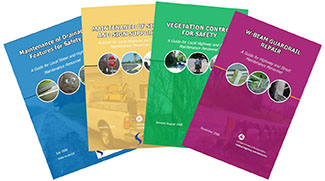
Local and Rural Safety Briefing Sheets
- Access Management (Driveways)
- Applying the Systemic Safety Approach on Local Roads
- Behavioral Safety Strategies for Drivers on Rural Roads
- Collaboration in the Name of Roadway Safety
- Crash Modification Factors (CMF's)
- Improving Safety and Operations Using Low-Cost ITS Applications
- Local and Rural Road Safety Data
- Local and Rural Road Safety Funding Programs
- Local Road Safety Plans
- Low-Cost Safety Improvements for Rural Intersections
- Making Local and Rural Roads Safer for Pedestrians and Bicycles
- Promoting the Importance of Road Safety to Local Elected Officials
- Roadway Departure Crashes
- The Safety and Roadway Maintenance Link
- Unpaved Roads: Safety Needs and Treatments
Manuals for Local Rural Road Owners
Please contact Colorado LTAP for a hard copy of any of these manuals.
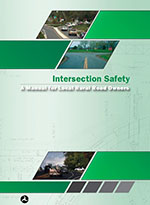
Intersection Safety
FHWA-SA-11-08, January 2011
More than 20% of all traffic fatalities in the U. S. occur at intersections and over 80% of intersection-related fatalities in rural areas occur at unsignalized intersections. This document provides information on effectively identifying intersection safety issues in local areas, choosing the countermeasures that address them, and evaluating the benefits of those treatments.
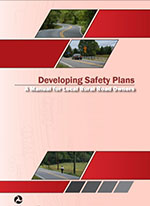
Developing Safety Plans
FHWA-SA-12-017, March 2012
Local road practitioners play a critical role in addressing crash risks at the local level and may be able to identify unique conditions that contribute to crashes within their jurisdictions. This document guides the development of a Local Road Safety Plan (LRSP) by defining key emphasis areas and strategies that impact local rural roads and provides a framework to accomplish safety enhancements at the local level.
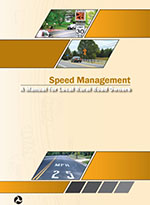
Speed Management
FHWA-SA-12-027, November 2012
In 2010, 35% of the 30,196 fatal crashes on U. S. roadways occurred on local rural roads, with nearly one-third (3,427) of these involving speeding. This document provides local road practitioners with information on how to address speeding-related crashes through the implementation of a comprehensive Speed Management Program.
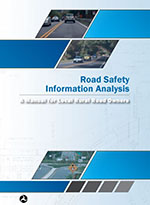
Road Safety Information Analysis
FHWA-SA-11-10, January 2011
In 2008, 56% of highway fatalities occurred in rural areas. Data is the foundation of any roadway safety improvement program and often this is lacking, especially in local rural areas. This document provides data collection and analysis techniques and resources applicable to the local practitioner to help improve the safety of local rural roads.
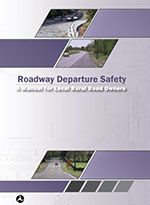
Roadway Departure Safety
FHWA-SA-11-09, January, 2011
Roadway departure crashes are frequently severe and account for the majority of fatalities in rural areas. This document provides information on effectively identifying roadway departure safety issues in local areas, choosing the countermeasures that address them, and evaluating the benefits of those treatments.
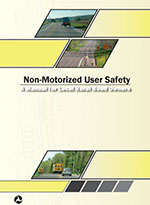
Non-Motorized User Safety
FHWA-SA-12-026, November 2012
Non-motorized modes of travel (such as biking, walking, riding horses) can be expected along many local roads and face safety concerns when utilizing the same roadway as motorized travelers. This manual focuses on low-volume local rural roadways and describes a process to address the safety of non-motorized users. It provides a toolbox of resources and evaluation methods for locally implemented initiatives to address the safety concerns of non-motorized users.
